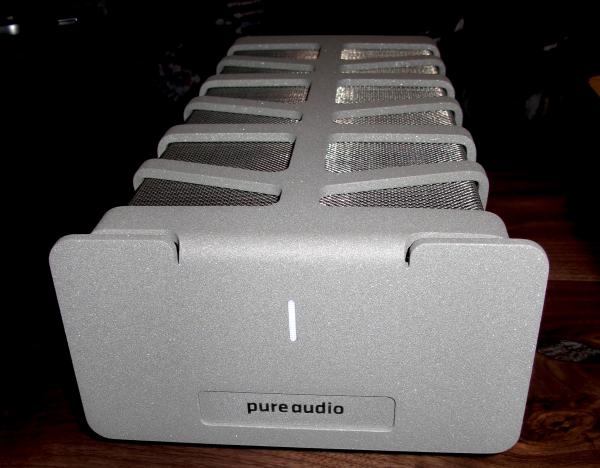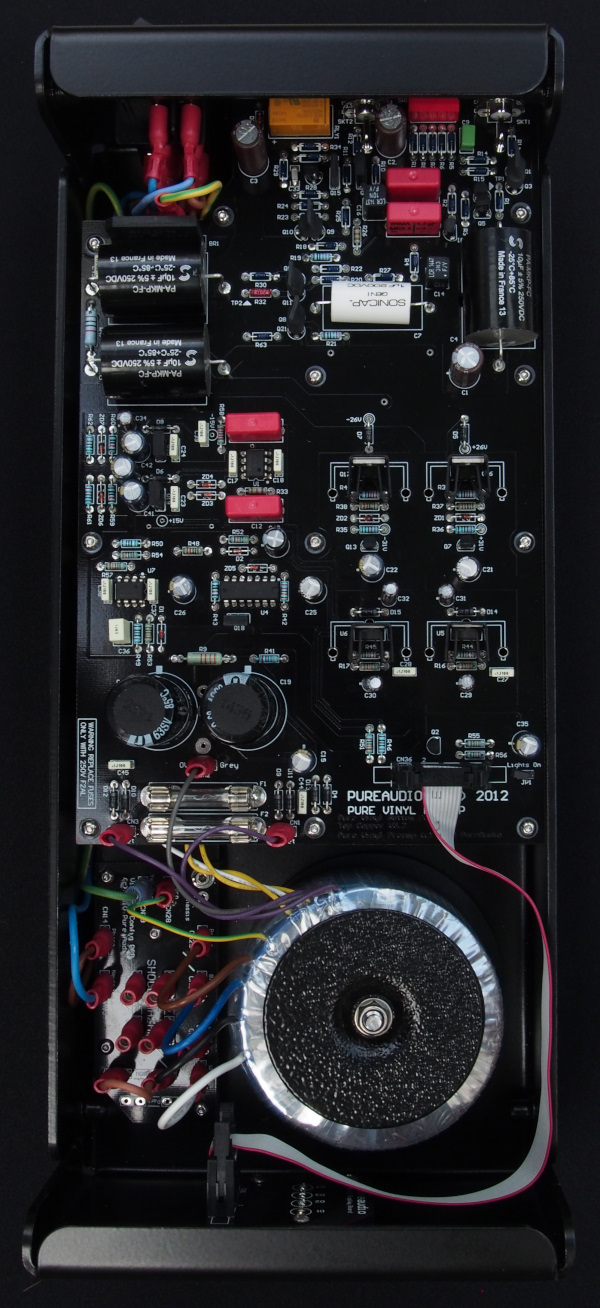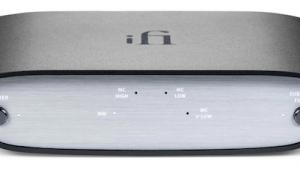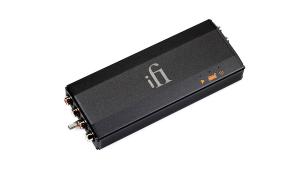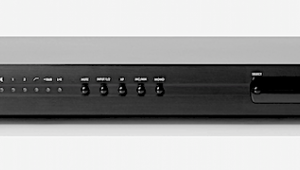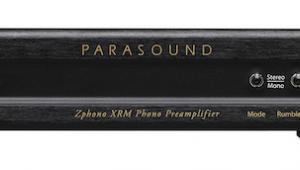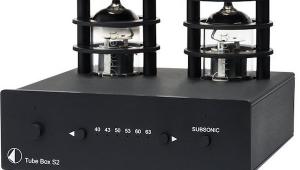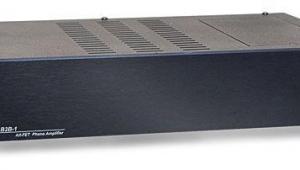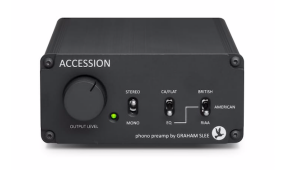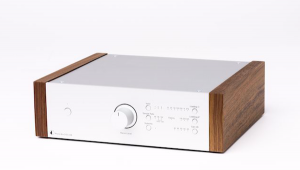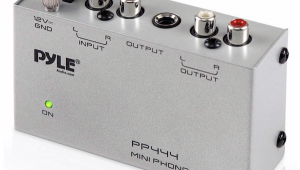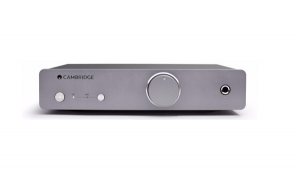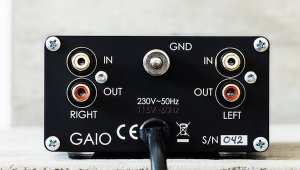There are in fact a lot more loading options available than the 6 mentioned, it would be handy if Pure Audio made mention of this when they send out the phono stage. Other options are listed on their website and if you wanted to use a very specific loading then I'm sure of you contacted Pure Audio they would let you know how to set the dip switches.
http://www.pureaudio.co.nz/?page_id=320
I've been using their phono stage for a couple of years now and have never been able to put my finger on any sonic trait and would find it really hard to describe it to anyone which is one of the reasons why i enjoy it so much it as it might as well not be there.
